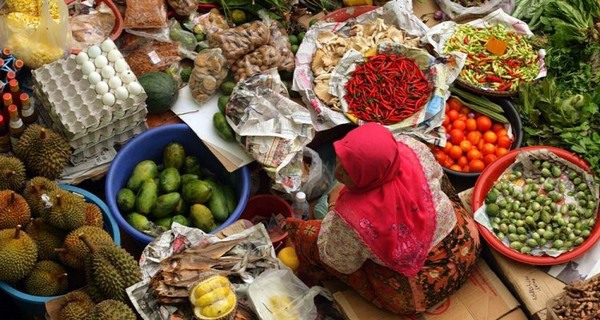What do people commonly eat in different countries worldwide? Anna Herforth, Visiting Senior Researcher at Wageningen University & Research works together with different partners on answering these questions. The Global Diet Quality Project will create a World Food Map that brings together and visualizes insights on food patterns from all over the world in a large, inclusive effort. The department of Human Nutrition at Wageningen University & Research will join the research as a partner. The World Food Map is funded by The Rockefeller Foundation.
The diet quality questionnaire
The data for the World Food Map comes from The Global Diet Quality Project (dietquality.org), which has developed both the data and tools to enable routine, valid and comparable diet data collection across countries. The primary tool is the diet quality questionnaire (DQQ), which takes five minutes to implement, yet provides a host of information about diet patterns at the population level. The DQQ is used to derive several indicators of diet quality related to malnutrition in all its forms, including dietary diversity, and dietary risk factors for NCDs such as diabetes and cardiovascular diseases. The questions capture consumption information for 29 food groups, including both healthy and unhealthy foods.

Putting the data on the map
To build country-specific DQQs, the project team sought input from people in each of 104 countries to identify the most common foods in each place. In all, over 750 people provided information on what foods are most common, and what they are called. It is the first effort ever to gather systematic, comparable information on what the world eats. The World Food Map, to be created by 2023 using the DQQ data, will display this information in an engaging, interactive format – enabling viewers to visit each country virtually to find out what is eaten there. It will be accompanied by food composition data from the Periodic Table of Food Initiative, which is also supported by The Rockefeller Foundation. These data will provide important insights for culturally appropriate ways to improve diet quality.
 For more information:
For more information:
Wageningen University & Research
www.wur.nl
